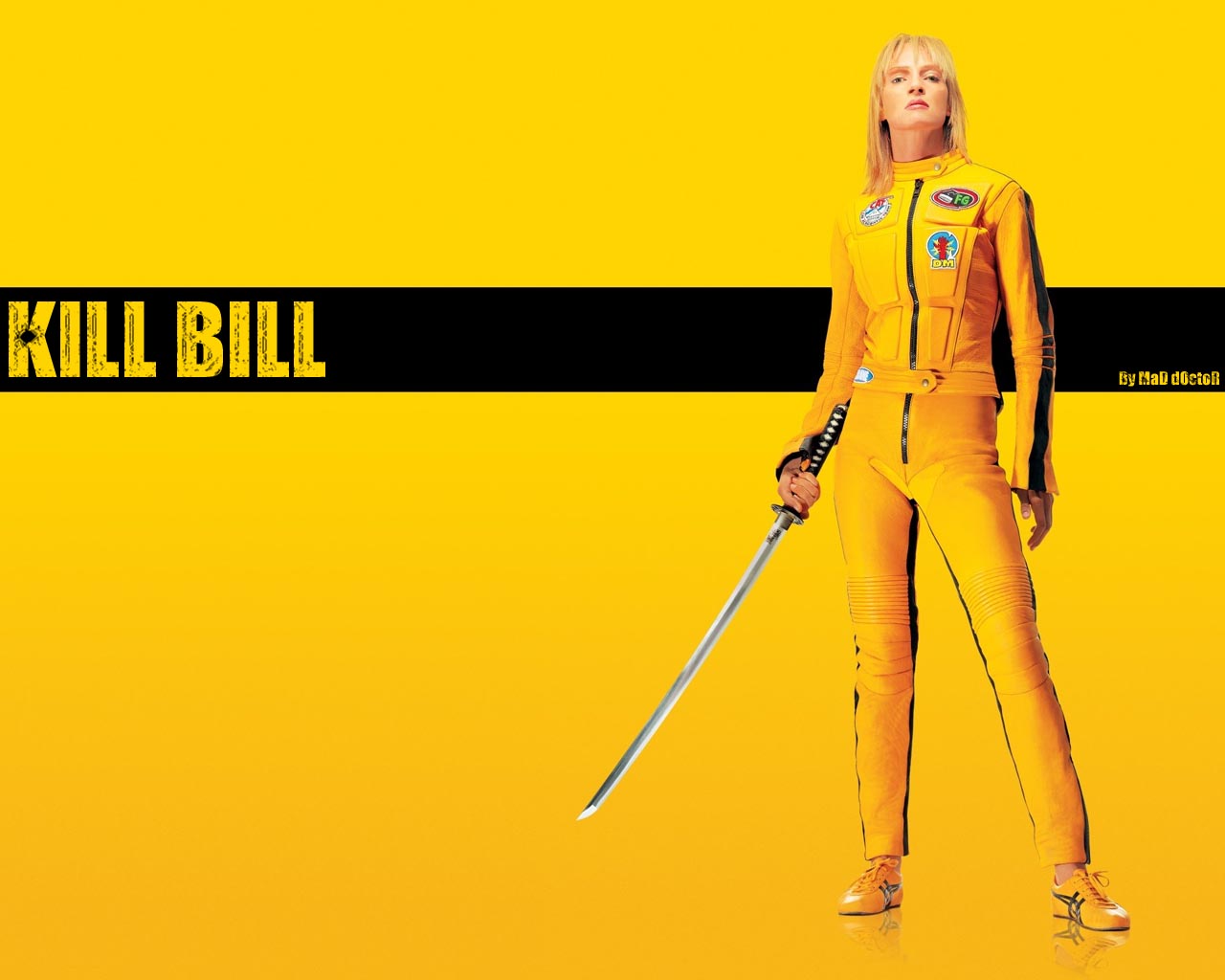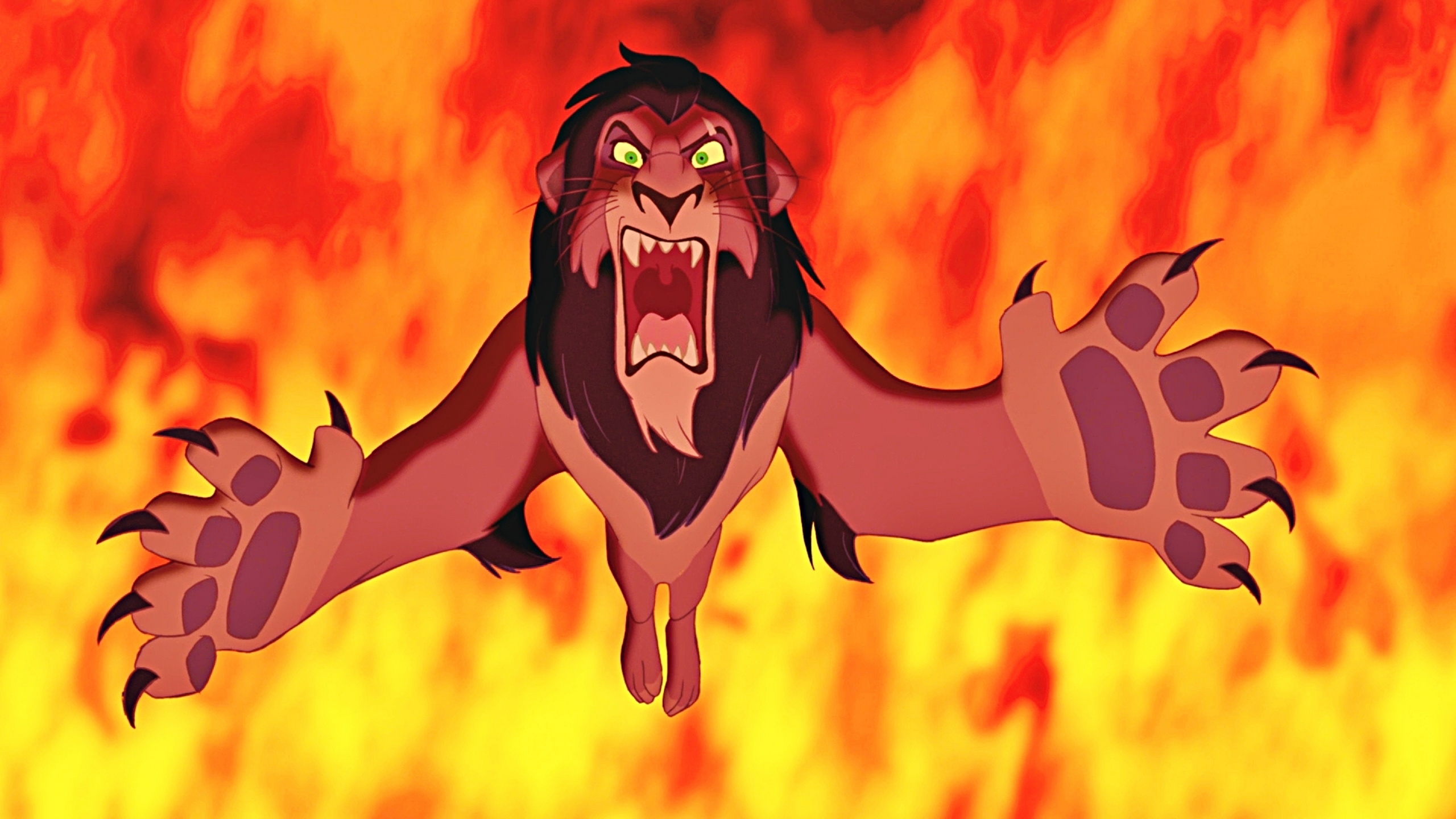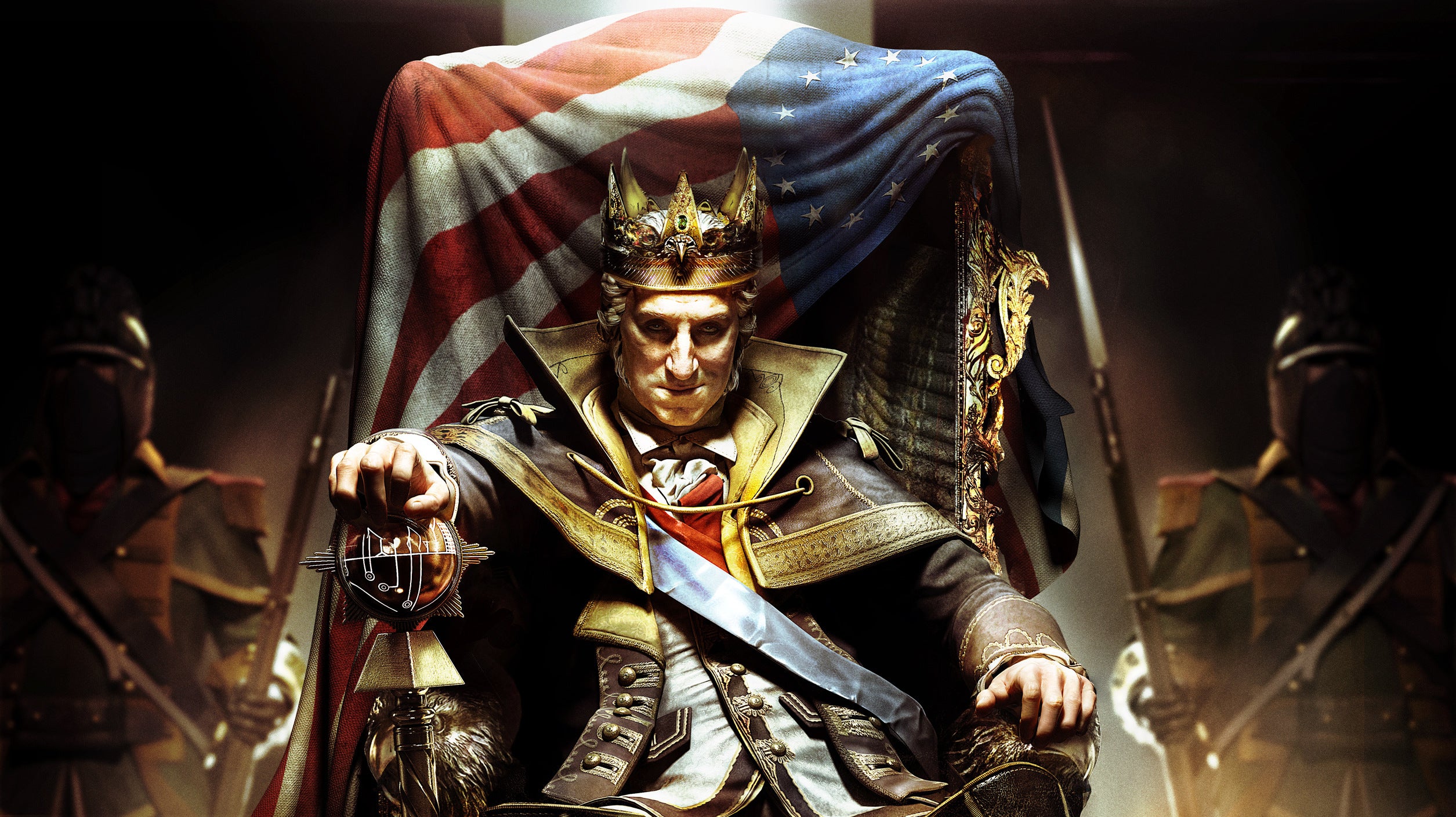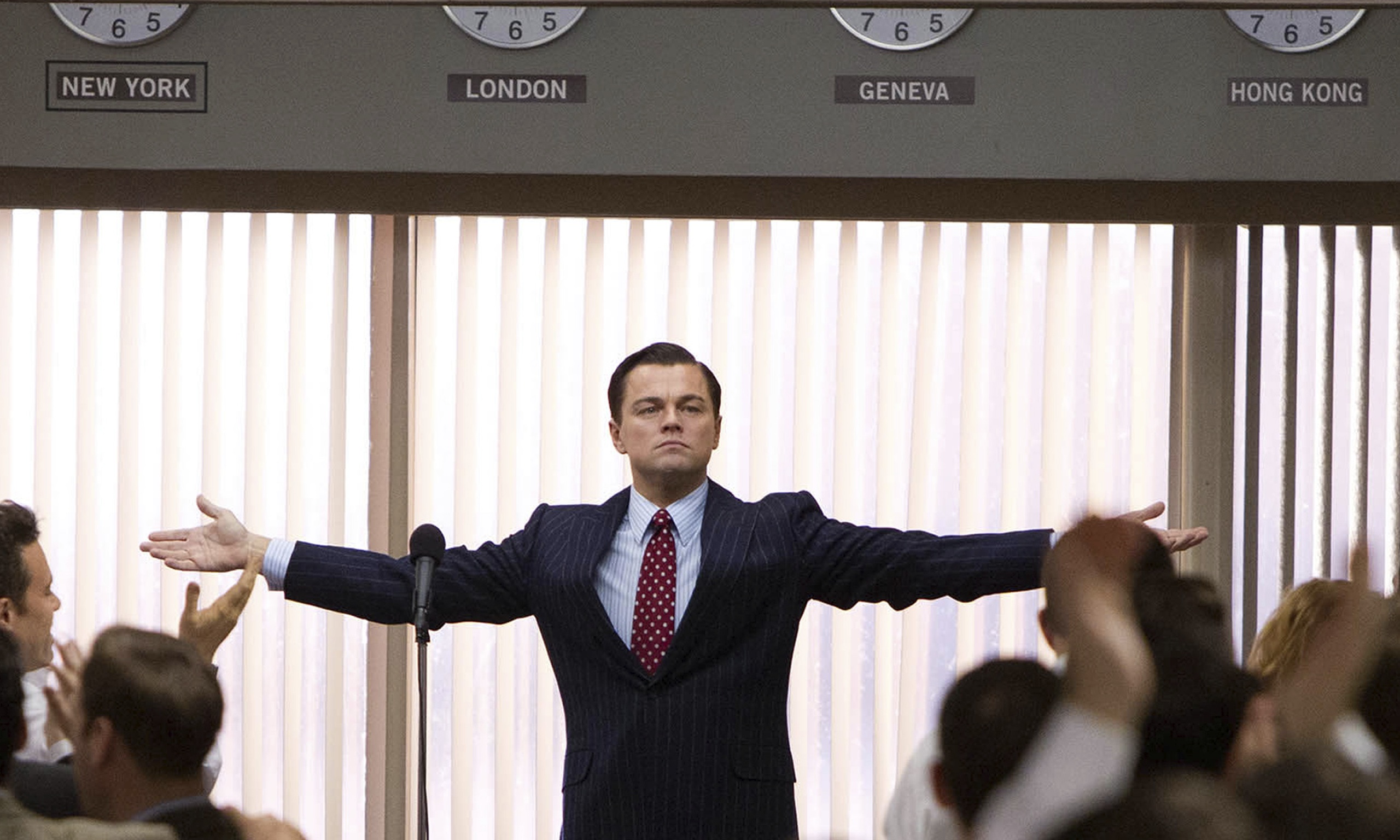Over 15
- It will be shown only to people only above the age of 15 due to the fact it has mature content
- It contains blood,violence,gore and drugs
Psycho Thriller
- It is a psycho thriller those that enjoy movies mentally unstable main character will enjoy this film
- It can be compared to the film Psycho
Puzzles
- The film will appeal to those that enjoy solving puzzles and riddle in order to understand the narrative such as in the film inception.
- It is very much similar to a whodunnit from the perspective of certain character very similar to the film inspector calls.This means those that enjoy murder mysteries will like this
- The main character will set various challenges for the police and media to solve very similar to the Joker from the film the Dark knight
Serial killers
- Those that are fascinated by films or TV series based around serial killers will get allot of enjoyment out of this film
Violence
- The film contains graphic violence and elements of action.
- Those that enjoy films such as saw or pain and gain will like this film
Lurid/dark tone
- people that enjoy films such as pulp fiction for its unpleasantly bright tone will like this film
- people that also enjoys films such as watchdogs with a pro dominant dark tone will also get enjoyment out of this film
Conclusion
My target audience is those 15 and over who like Psycho thriller based around serial killers.The also enjoy the following things:violence, puzzles,Lurid tone and Dark tone
http://cdn.3oneseven.com/wp-content/uploads/2006/11/seven-spacey.png
http://images2.fanpop.com/image/photos/12300000/Inception-Wallpaper-inception-2010-12396931-1440-900.jpg
http://feelthefilms.files.wordpress.com/2013/09/psycho-anthony-perkins-as-norman-bates.jpg
https://blogger.googleusercontent.com/img/b/R29vZ2xl/AVvXsEhJMT7v_vQ-eONUykKfBqYSmkYfyX43q64oN7jCd2A8KfZcJ1f_SgbMmd_c2gks2A8ZvQXXm-C2EAPBCt55GaJHliRlz0XDwCfXn7YNV38pWt4OGwPw-uldvNQ7tpwFhzqqbfwl8EPagWw0/s1600/BBFC_15_Rating%5B1%5D.png

































.jpg)















